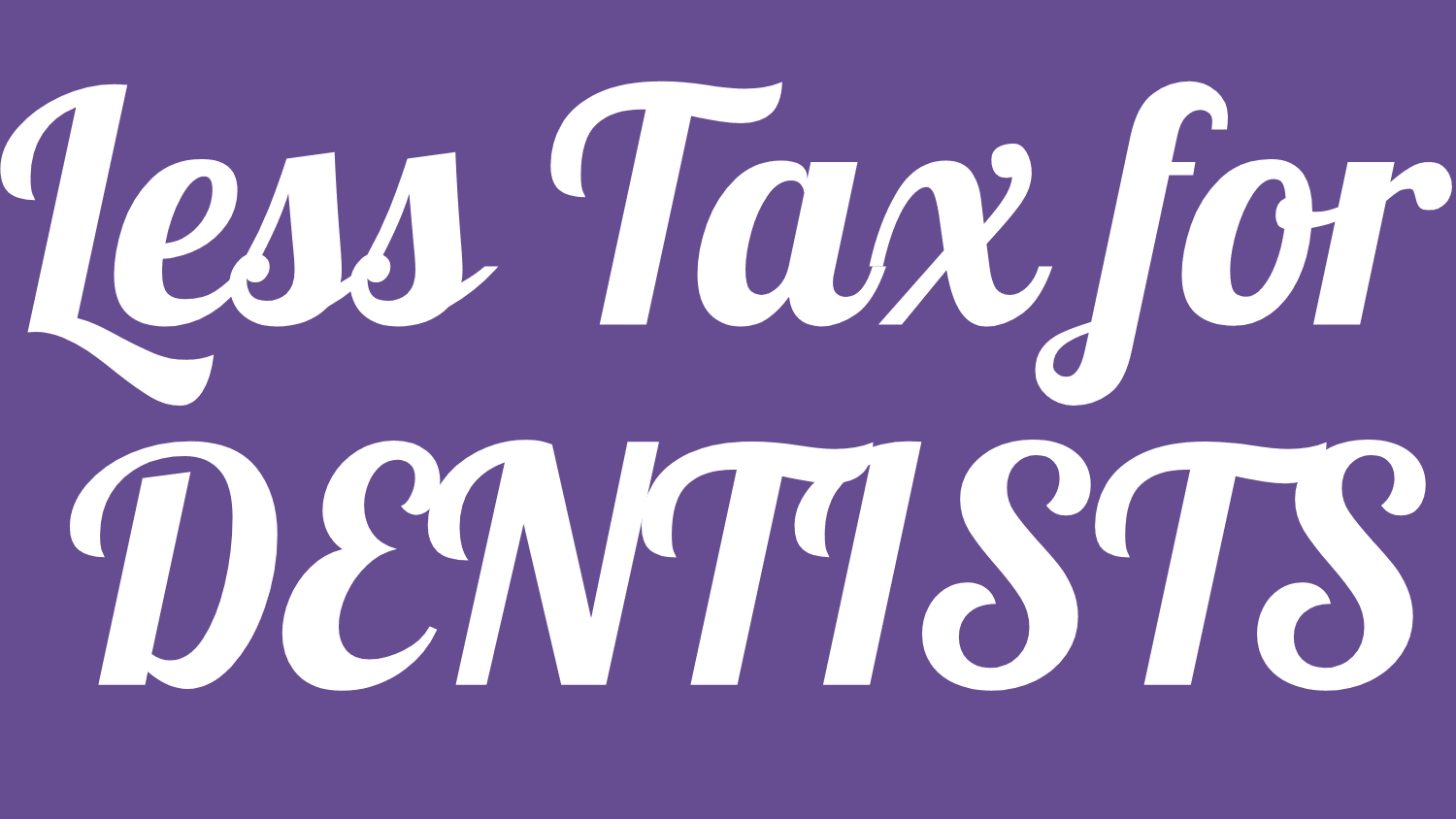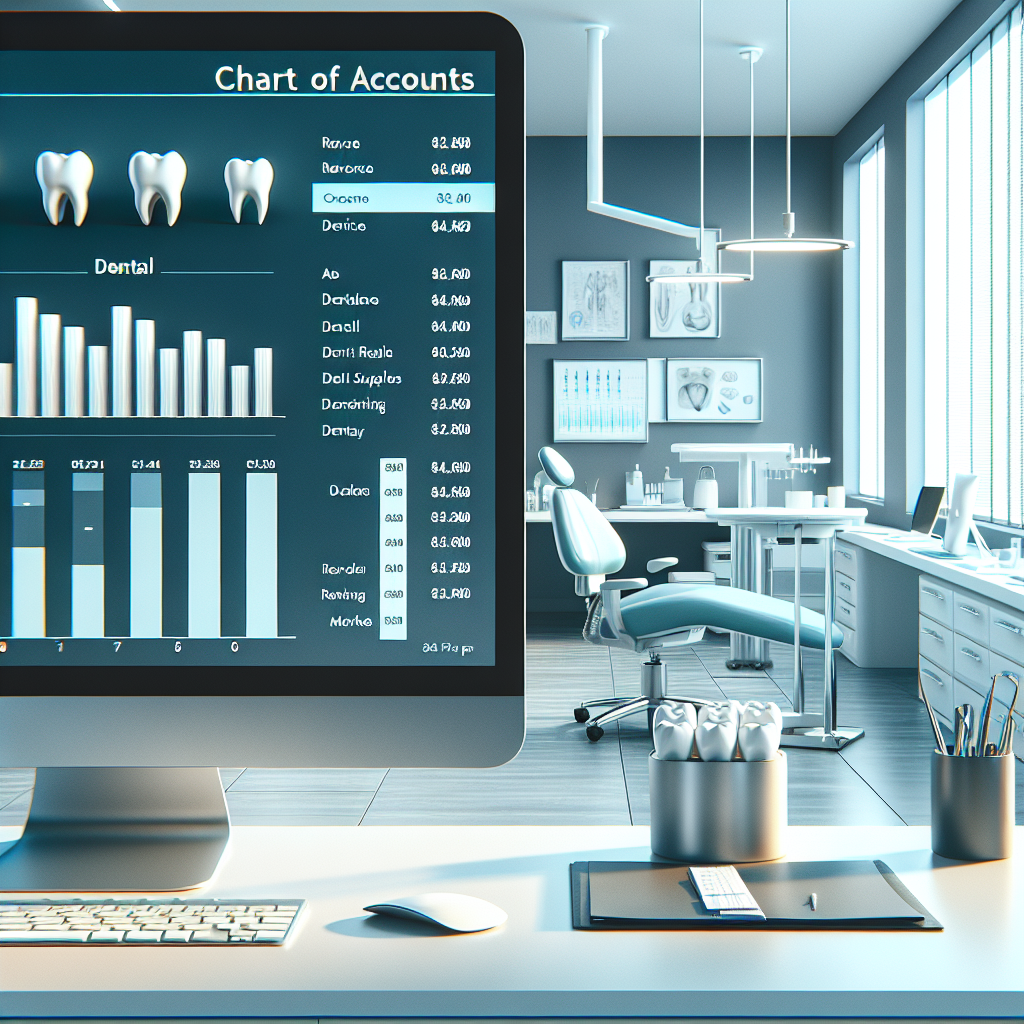Why Your Dental Practice Needs a Proper Chart of Accounts
Running a dental practice isn’t just about bright smiles and healthy gums. Behind the scenes, successful offices have something else in common—a proper chart of accounts. If that term sounds confusing, don’t worry. We’re going to break it down and explain why it matters more than you might think.
What Is a Chart of Accounts?
Think of a chart of accounts like a well-organized filing cabinet for your finances. It helps you categorize where your money is coming from and where it’s going. You’ll have different folders—or accounts—for things like:
- Income (from dental services, hygiene appointments, etc.)
- Expenses (like rent, supplies, payroll)
- Assets (equipment, accounts receivable)
- Liabilities (loans, credit card balances)
- Equity (your investment and retained earnings)
Without this system in place, your practice’s financial health can get messy fast.
Why Does Your Dental Practice Need One?
Imagine trying to run your office without knowing exactly what you’re earning—or spending. That’s like driving with your eyes closed.
1. Track Your Practice’s Performance
With a chart of accounts, you can quickly see how profitable your practice is. Want to know how much you spent on dental supplies last month? Or how much you earned from check-ups versus cosmetic procedures? With proper categories, it’s all there at your fingertips.
2. Make Tax Season Easier
Let’s be honest—taxes can be stressful. But when your financial data is organized from the start, your CPA (and you) will have a much easier time. A solid chart of accounts ensures your deductions are accurate and nothing slips through the cracks.
3. Spot Issues Before They Grow
Overspending on temporary staff? Lab fees creeping up? If your accounts are well-organized, these red flags are easier to spot—and solve—before they hurt your bottom line.
4. Support Growth and Strategic Decisions
Thinking of opening a second location or investing in new equipment? Clear financial data helps you make smart decisions based on facts, not gut feelings.
Common Mistakes (and How to Avoid Them)
Here are a few things dental practices often get wrong:
- Using a generic chart of accounts borrowed from another industry—dentistry is unique, and your finances should reflect that.
- Overcomplicating the categories—you want it detailed but not overwhelming.
- Not updating accounts regularly as your practice grows or changes.
Tip: If you’re not sure how to set it up, work with a dental CPA or bookkeeping software tailored to dental offices.
Final Thought: It’s Not Just for Accountants
A proper chart of accounts isn’t just for tax season or your bookkeeper. It’s a tool you can use year-round to keep your dental practice financially healthy and successful.
So, does your dental office have a proper chart of accounts? If not, now’s the perfect time to get organized—and set your business up for future growth.
Remember: Behind every thriving dental practice is a chart of accounts doing the hard work quietly in the background. It’s not glamorous, but it’s essential.




